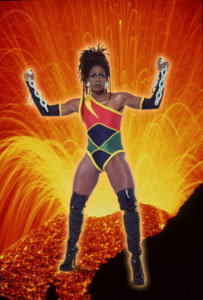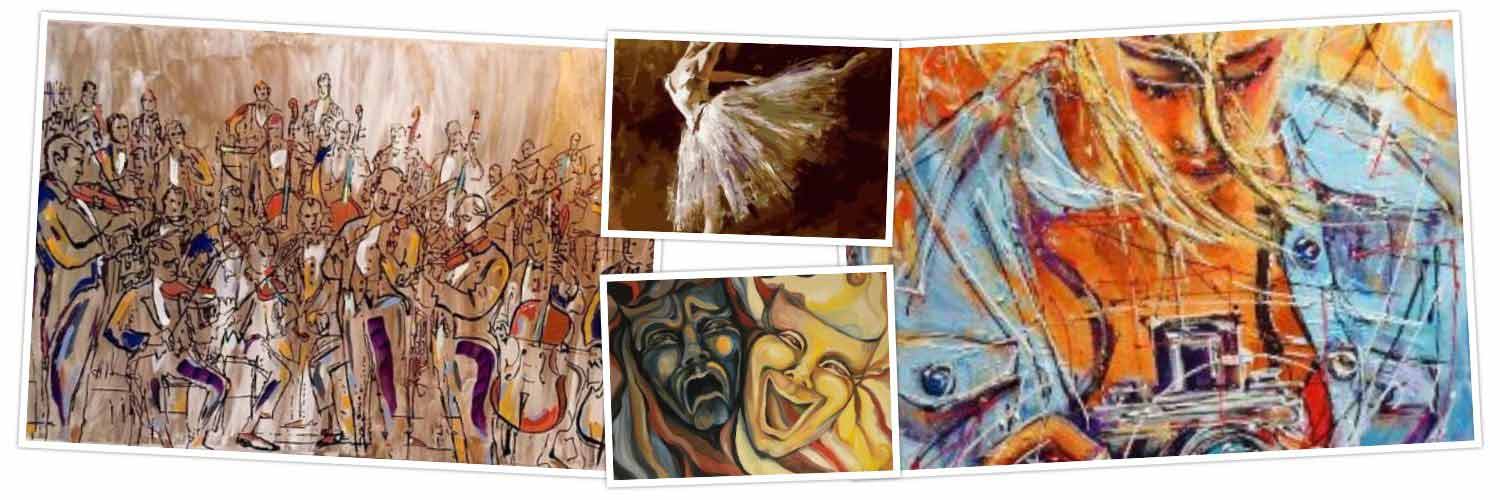“Men of Steel, Women of Wonder” Explores Superhero Ideas

By JASMINA WELLINGHOFF, Editor –
Legendary heroes with extraordinary powers probably exist in every culture of the world, originally emerging from folktales, religion, or stories about real individuals who have over time been transformed into symbols of bravery, righteousness and determination. They fight evil and protect their people in times of need, subjugation and devastating calamities.
So, it’s not all that surprising that the American version of such a hero, Superman, appeared on the scene in 1938 as the nation was going through the Great Depression, and Wonder Woman joined him a few years later, in 1941, as the deadliest conflict in history was devasting much of the world. Superman was conceived by two Jewish high-schoolers, writer Jerry Siegel and artist Joe Shuster, and early covers of the Superman comic book showed the superhero battling the Nazis.
Things changed over time and Superman soon emerged in his familiar guise, fighting for justice and American values. Many Americans living today grew up reading Superman comics and watching the iconic hero in movies, and, according to reports, the fascination with superheroes shows no sign of abetting.
But artists have their own take on these fictional but powerful characters. In an interesting exhibit currently at the San Antonio Museum of art, Men of Steel, Women of Wonder, some 50 artists explore novel possibilities of representing and interpreting Superman, Wonder Woman and a few others.

Organized by the Crystal Bridges Museum of American Art in Bentonville, Arkansas, the exhibition greets visitors with “The Heroes We Know,” meaning the familiar images of the two characters, though there’s a little more to it than that, including a self-portrait of black artist Fahamu Pecou opening his shirt to show a big yellow F (for Fahamu) on his chest instead of the usual S. In a nearby alcove, an installation by Jim Shaw, The Issue of my Loins may provoke some mirth.

Around the corner, is the Stories of Origin section that explains the historical context surrounding the birth of superheroes. There, you’ll see New Deal images of strong, hard-working American men and women dedicated to rebuilding America, symbols of strength and national pride, who, the curator tells us, served as antecedents of the fictional super human figures.
Then, the really interesting part starts: a series of creative interpretations and transformations of the superhero characters, from Russian-born artist’s Valentin Popov’s Orthodox-icon-type images of both characters as saints, and a large multi-media canvas by Mary Beth Edelson showing Wonder Woman In Exile – apparently lassoing in a double-headed Virgin of Guadalupe – to an empowered black Wonder Woman ready for action by Renee Cox, and a huge disturbing photo of Jason Bard Yarmorsky’s Alzheimer-stricken grandmother. The latter is likely to stick in your mind longer than any other artwork in the show. She is supposed to represent resilience – and presumably a form of heroism – in the face of a devastating disease. A much subtler narrative is embodied in Iranian-born artist Aphrodite Desiree Navab’s several pieces focusing on a mysterious woman enveloped in a cape that can be an Islamic chador as well. In Object of Curiosity she is placed in a display case implying that that’s how people in America view her. Navab calls her Super East/West Woman.

As you proceed through the galleries, you’ll reach the last section where a range of artists deal with issues such as immigration; immigrants as hard-working heroes; American identity, as in who is considered American, and the lack of racial diversity in superhero representation. Artist’s Dulce Pinzon’s photos of Mexican immigrants – including a laundromat worker wearing a cape – capture her belief that these, often invisible people, are the real heroes. Roger Shimomura’s painting, American vs. American shows a white man fighting an Asian man. What he is clearly saying, both are Americans yet most people are likely to assume that only the white man is.
This is an exhibit that you may want to see twice and spend more time examining some of the pieces. But leave the kids at home.
Men of Steel, Women of Wonder closes Sept. 1; San Antonio Museum of Art, 200 W. Jones Ave., 78215; 210-978-8100, www.samuseum.org
